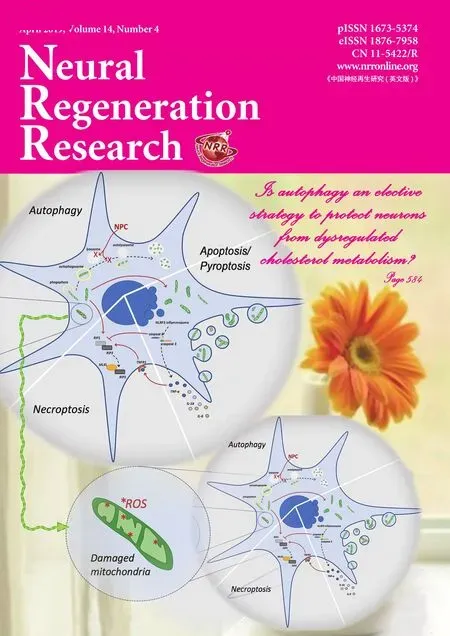Response to letter to the editor“Calcitonin gene-related peptide and traumatic brain injury”
Dear Sir,
Since the present study is mainly an observational study, though prospective, we did not use any particular treatment methods for all traumatic brain injury (TBI) patients. The main purpose of the research is to investigate the relationship between calcitonin gene-related peptide (CGRP) and clinical outcomes. Thus we did not describe the details of surgery and treatment procedures for all patients. All patients underwent a regular treatment routine. We had included a sentence of “All patients were treated according to the locally agreed management protocols for head injury.” However, it was asked to be deleted during revision.
TBI was confirmed in all patients by CT scans. We did include all patients who met the inclusion criteria. This is because we did not know what would influence the levels of CGRP and the results of relationship between CGRP and clinical outcomes. In future studies, we will include more available cases. Possibly due to the small sample size, we did not see any valuable results between CT parameters and CGRP levels.
For extracranial lesions, I am sorry I am not sure what kind of extracranial lesions you mean here, since TBI is a kind of trauma.We excluded other severe diseases as described in the manuscript.
At last, for more in-depth insights of the pathophysiology related to the reduction of CGRP, we are also very interested in it and are trying to start some researches on it.
Thanks very much again for your interest in this study. We are very happy the study may be valuable in clinic researches. We will surely continue to do more investigations on this topic.
Pi-Feng Jia*
Department of Neurosurgery, North Hospital of Ruijin Hospital, Shanghai, China
*Correspondence to:Pi-Feng Jia, Jiapifeng@sina.com.
doi:10.4103/1673-5374.244963 Jia PF (2019) Response to letter to the editor “Calcitonin gene-related peptide and traumatic brain injury”. Neural Regen Res 14(4):736.
Conflicts of interest:The author declare no conflicts of interest.
- 中國神經(jīng)再生研究(英文版)的其它文章
- Human survival and immune mediated mitophagy in neuroplasticity disorders
- Voluntary running delays primary degeneration in rat retinas after partial optic nerve transection
- Neuroprotective effects of rapamycin on spinal cord injury in rats by increasing autophagy and Akt signaling
- Establishment and verification of a surgical prognostic model for cervical spinal cord injury without radiological abnormality
- Repair of peripheral nerve defects by nerve transposition using small gap bio-sleeve suture with different inner diameters at both ends
- Reinnervation of spinal cord anterior horn cells after median nerve repair using transposition with other nerves

